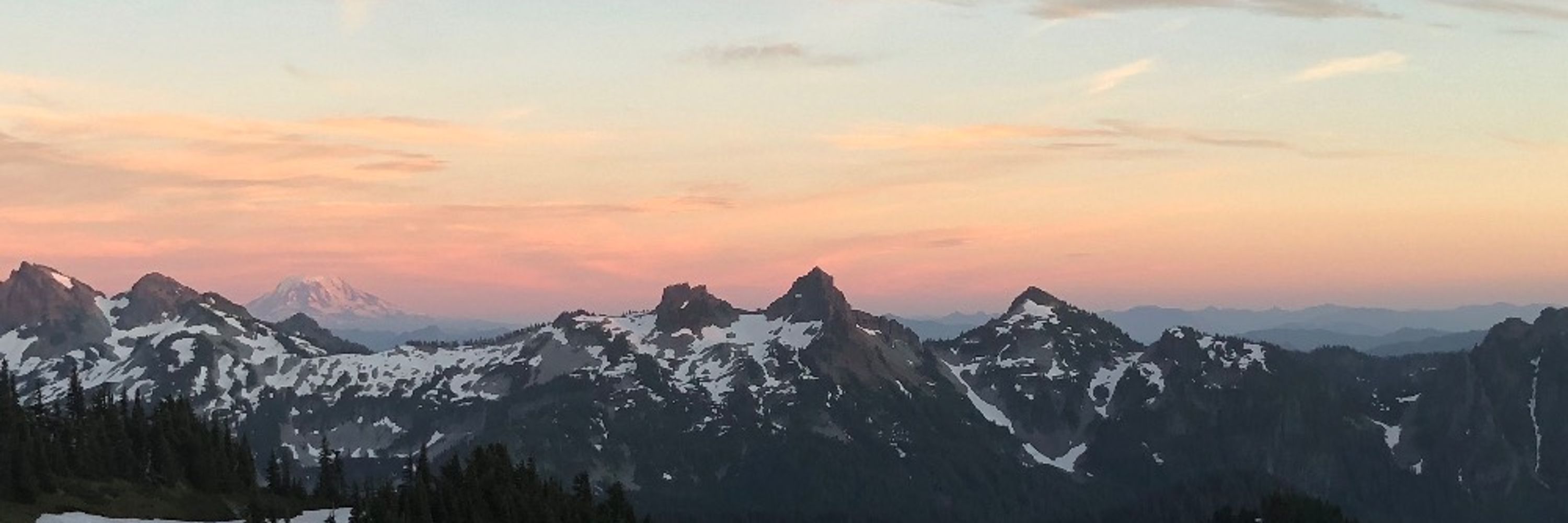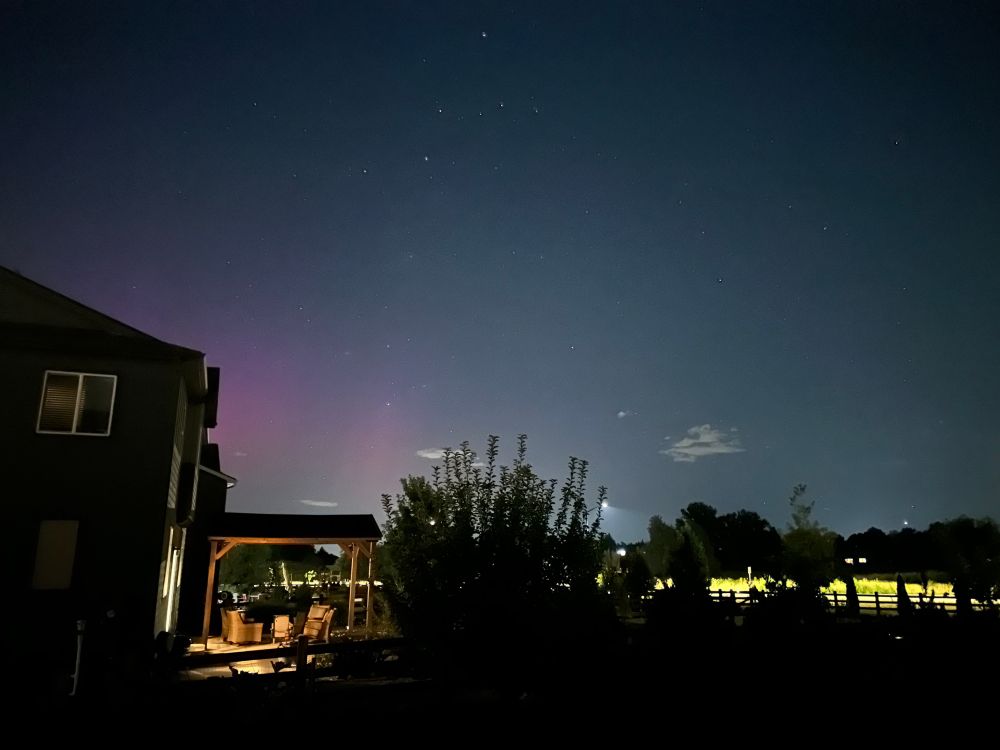















The northwestern eyewall is where we’d expect the fastest winds for a westward-moving storm, so altogether, #Melissa is close to category-5 intensity.

The northwestern eyewall is where we’d expect the fastest winds for a westward-moving storm, so altogether, #Melissa is close to category-5 intensity.


Caveat: this is not a matched verification, so the samples differ between models.


Caveat: this is not a matched verification, so the samples differ between models.


![The School of Freshwater Sciences at the University of Wisconsin-Milwaukee invites
applications for a Postdoctoral Associate position in the area of climate science. The
successful candidate will use idealized numerical simulations to study the multi-scale
climate dynamics in the Southern Ocean region. The appointment is full-time, available
starting November 1, 2025, and is for an initial period of one year, with potential renewal
based on performance and funding.
The Postdoctoral Associate is expected to: (i) run numerical simulations of the Southern
Ocean’s coupled climate system using the Moist Quasi-Geostrophic Model version 2.0
(MQ-GCM2.0); (ii) develop modifications to MQ-GCM2.0 to best match the parallel state-
of-the-art model experiments and observations over the region of interest; (iii) analyze
model output and use the so-called interactive ensemble technique to understand the
underlying dynamics; (iv) collaborate closely with other team members; and (v) publish
findings in peer-reviewed journals and present results at scientific conferences.
Candidates should hold a Ph.D. in Atmospheric Science, Physical Oceanography or
related discipline, with demonstrated expertise in numerical modeling and data analysis.
Strong communication skills and a record of peer-reviewed publications are expected.
To apply, please send a cover letter, CV, and contact information for [2–3] references
to kravtsov@uwm.edu. Review of applications will begin on October 1 and continue until
the position is filled.
The University of Wisconsin is an Equal Opportunity Employer. Applicants and employees
are protected from discrimination according to the Federal law. Click here for additional
information.
Sergey Kravtsov, Ph.D.
Professor, School of Freshwater Sciences
University of Wisconsin-Milwaukee
600 E. Greenfield Ave
Milwaukee, WI 53204
Mobile: 414-477-3306
E-mail: kravtsov@uwm.edu
Web: https://sites.uwm.edu/kravtsov](https://cdn.bsky.app/img/feed_thumbnail/plain/did:plc:ukwpmxrglutvhoa5r2lcffbs/bafkreia7ikpr4nib7vzwlsgsnf6lnyodrczt27sjxtunggcdmza7kknjai@jpeg)
![The School of Freshwater Sciences at the University of Wisconsin-Milwaukee invites
applications for a Postdoctoral Associate position in the area of Atmospheric Science with
the focus on empirical modeling of weather and climate. The successful candidate will
apply linear and non-linear data-driven techniques for the global simulation and
subseasonal forecasting of precipitation and temperature. The appointment is full-time,
available starting November 1, 2025, and is for an initial period of one year, with potential
renewal based on performance and funding.
The Postdoctoral Associate is expected to: (i) develop improvements to the existing yet
experimental methodology of data-driven high-resolution modeling of global precipitation
and temperature based on linear inverse models; (ii) quantify the updated model’s
performance in reproducing the statistics of the observed variability and assess its
prediction skill; (iii) analyze model dynamics to explain the sources of skill; (iv) collaborate
closely with other team members; and (v) publish findings in peer-reviewed journals and
present results at scientific conferences.
Candidates should hold a Ph.D. in Atmospheric Science or related discipline, with
demonstrated expertise in big data analysis and data-driven modeling. Strong
communication skills and a record of peer-reviewed publications are expected.
To apply, please send a cover letter, CV, and contact information for [2–3] references
to kravtsov@uwm.edu. Review of applications will begin on October 1 and continue until
the position is filled.
The University of Wisconsin is an Equal Opportunity Employer. Applicants and employees
are protected from discrimination according to the Federal law. Click here for additional
information.
Sergey Kravtsov, Ph.D.
Professor, School of Freshwater Sciences
University of Wisconsin-Milwaukee
600 E. Greenfield Ave
Milwaukee, WI 53204
Mobile: 414-477-3306
E-mail: kravtsov@uwm.edu
Web: https://sites.uwm.edu/kravtsov](https://cdn.bsky.app/img/feed_thumbnail/plain/did:plc:ukwpmxrglutvhoa5r2lcffbs/bafkreib7qooxqyi7gf2pqzr3nol6owzr7rgd254dpozlfbfaj4sfmt54eq@jpeg)




We're running daily global MPAS forecasts during this year's hurricane season, with 3-km grid spacing across the Atlantic. Here are 78-, 54-, and 30-h forecasts from 3 successive forecasts of ex-Dexter. Pretty consistent signal!



We're running daily global MPAS forecasts during this year's hurricane season, with 3-km grid spacing across the Atlantic. Here are 78-, 54-, and 30-h forecasts from 3 successive forecasts of ex-Dexter. Pretty consistent signal!






